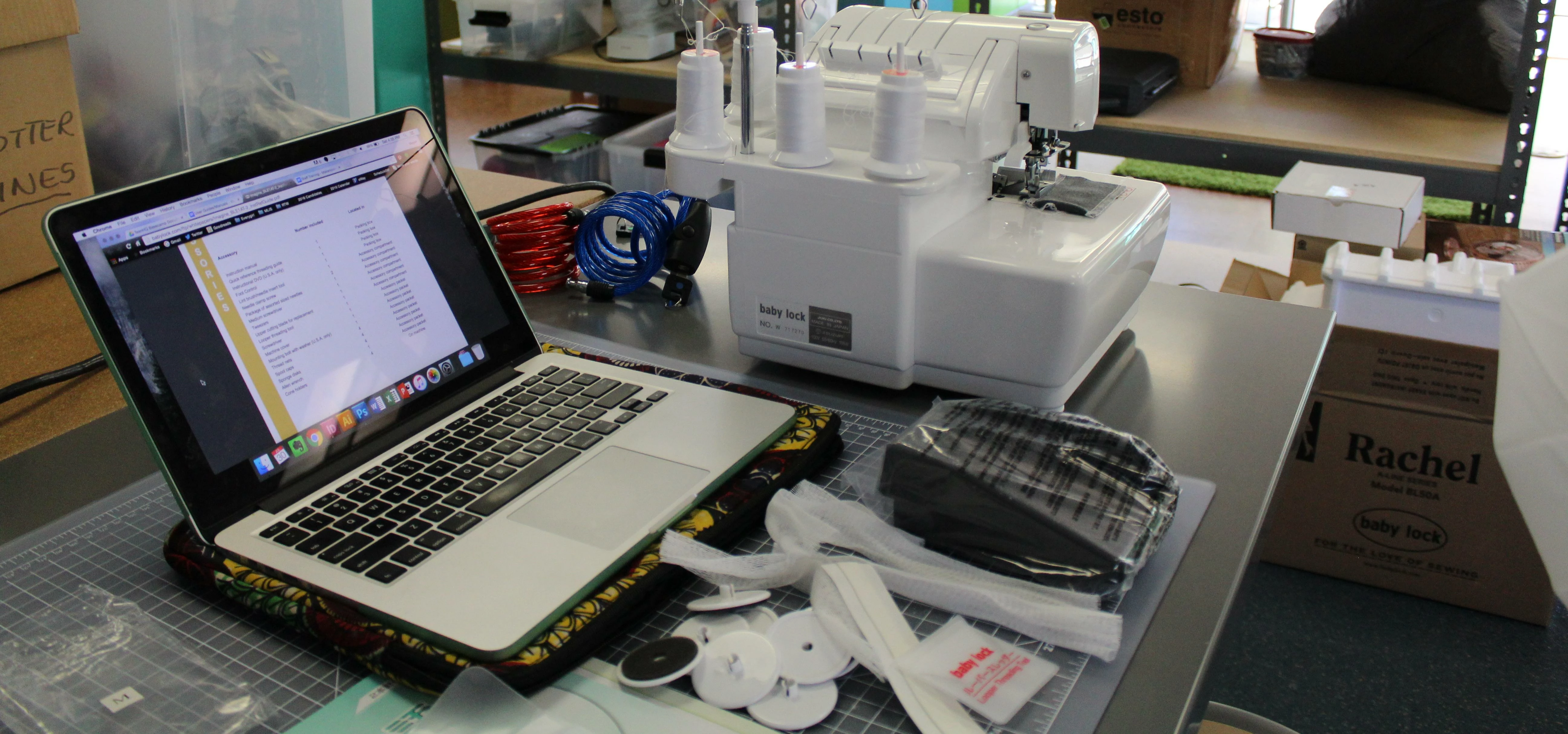
Partner Article
The race for sustainable business and the role of 3D printing
The COP22 climate change conference in Marrakesh is fast approaching. Damian Hennessey, commercial director at Proto Labs shares his thoughts on how sustainability goals can be achieved by the innovative use of 3D printing.
The COP21 climate change conference, held in Paris at the end of 2015, put the spotlight firmly on global governments, investors and businesses across all sectors, to take action to combat climate change.
Businesses such as IKEA have taken the pledge to become more sustainable – with the Swedish retail giant investing 600 million Euros into renewable energy projects. But more needs to be done to change mind-sets. Many business leaders may be unaware that digital manufacturing techniques, such as 3D printing, can play an integral part in achieving sustainability targets.
Go green with 3D printing
The headlines have been peppered with stories of 3D printing innovation. Not a month seems to go by without details of a 3D printed bridge, limb or wedding dress making the news. But, 3D printing is not just a consumer-focused phenomenon.
Used correctly, 3D printing on demand can lessen the need to maintain physical inventories of parts and products, thereby gradually simplifying and reducing the global supply chain, and freeing up money and resources for many modern businesses today.
Manufacturing with 3D printers has many benefits: it’s inherently less wasteful and more sustainable. Even the most intricate of parts can be made using only an essential amount of material, and provides businesses with the flexibility to build more complicated prototypes using different product mixes at all phases of the development life cycle.
Taking an industry into the future
The automotive and aeronautical industries serve as good examples of the positive, sustainable impact of 3D printing techniques.
Automotive manufacturers in particular, come under frequent pressure when it comes to lowering emissions and meeting strict EU carbon dioxide limit regulations. One of the most effective techniques for increasing a vehicle’s efficiency is to reduce its weight, which needn’t be as big a task as it sounds.
With weight reduction, it can often come down to shaving just fractions of an ounce from a vehicle’s weight to can help automotive manufactures on their journey to meeting EU targets. For manufacturers to achieve this, however, whilst still meeting the required function and cost targets, they need to be able to embark upon new design methods using new materials. Doing this can be made more achievable by employing a process of rapid prototyping.
The sheer scope of advanced manufacturing technologies such as 3D printing available to designers and engineers means that they are able to embark upon new opportunities for iterative and parallel-path testing that may have been previously unavailable. The ability to design and create light and less energy-intensive vehicles will significantly help automotive manufacturers to better combat the negative effects of climate change.
Taking energy efficiency to new heights
Airline manufacturers are looking to new methods to reduce emissions and weight, and increase cargo capacity in an ongoing bid to become more energy efficient, enhance the passenger experience and scale back costs.
Just as with the automotive industry, advances in digital manufacturing technology are already creating tangible benefits and notable results. These include a reduction in labour and material costs, and allowing manufacturers to test small components used in constructing landing gear and engines.
With aircraft and their component parts becoming even smaller, efficient and lightweight, so the geometry of these parts is becoming ever more complex. This is where 3D printing comes in. This process can reduce complexity, especially when multiple parts are being printed at the same time and demand great dimensional tolerances.
It’s imperative for manufacturers to give serious and careful consideration to their current practices and processes and to embrace 3D printing as a catalyst in helping them to achieve greater efficiency.
Time to take sustainability seriously
According to a recent survey of 3,000 investment executives and company managers around the globe, 75 per cent revealed that environmental and sustainability performance was of increasing importance. Businesses can no longer sit on the fence, and must take action now to address this issue. Other sectors can and must follow the lead of the automotive and aeronautical industries as they continue to demonstrate how advances in digital manufacturing technology, such as 3D printing, can play such an integral role in reducing carbon emissions.
This was posted in Bdaily's Members' News section by Alexandra .
Enjoy the read? Get Bdaily delivered.
Sign up to receive our popular morning London email for free.








 How to make your growth strategy deliver in 2026
How to make your growth strategy deliver in 2026
 Powering a new wave of regional screen indies
Powering a new wave of regional screen indies
 A new year and a new outlook for property scene
A new year and a new outlook for property scene
 Zero per cent - but maximum brand exposure
Zero per cent - but maximum brand exposure
 We don’t talk about money stress enough
We don’t talk about money stress enough
 A year of resilience, growth and collaboration
A year of resilience, growth and collaboration
 Apprenticeships: Lower standards risk safety
Apprenticeships: Lower standards risk safety
 Keeping it reel: Creating video in an authenticity era
Keeping it reel: Creating video in an authenticity era
 Budget: Creating a more vibrant market economy
Budget: Creating a more vibrant market economy
 Celebrating excellence and community support
Celebrating excellence and community support
 The value of nurturing homegrown innovation
The value of nurturing homegrown innovation
 A dynamic, fair and innovative economy
A dynamic, fair and innovative economy